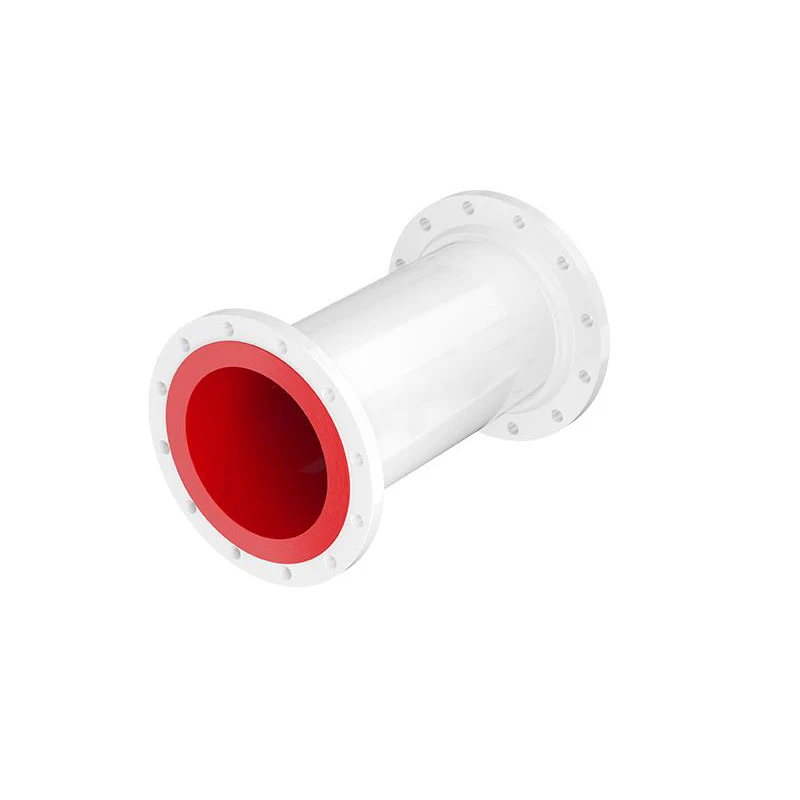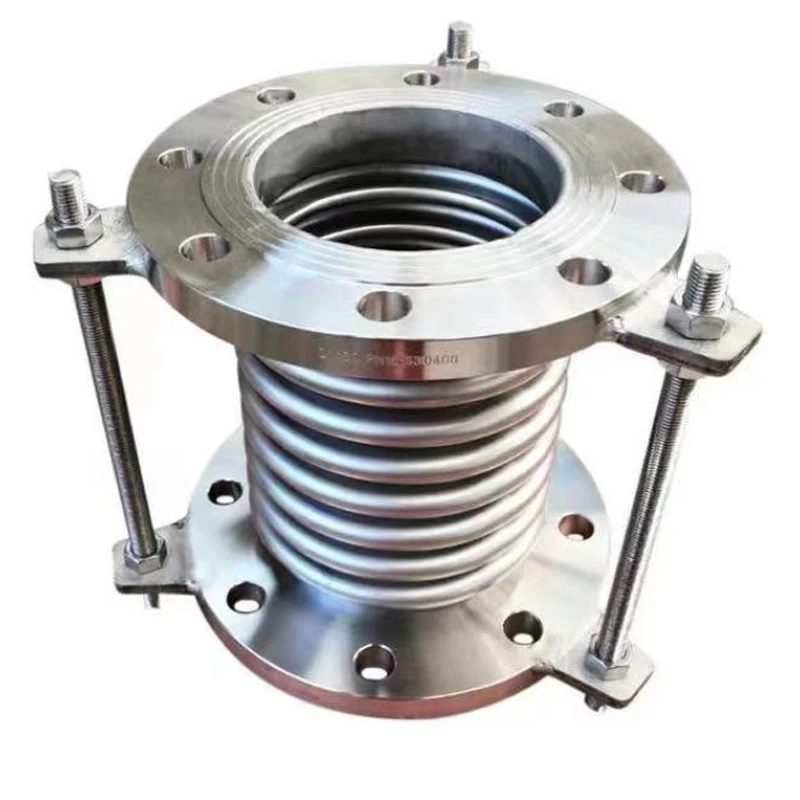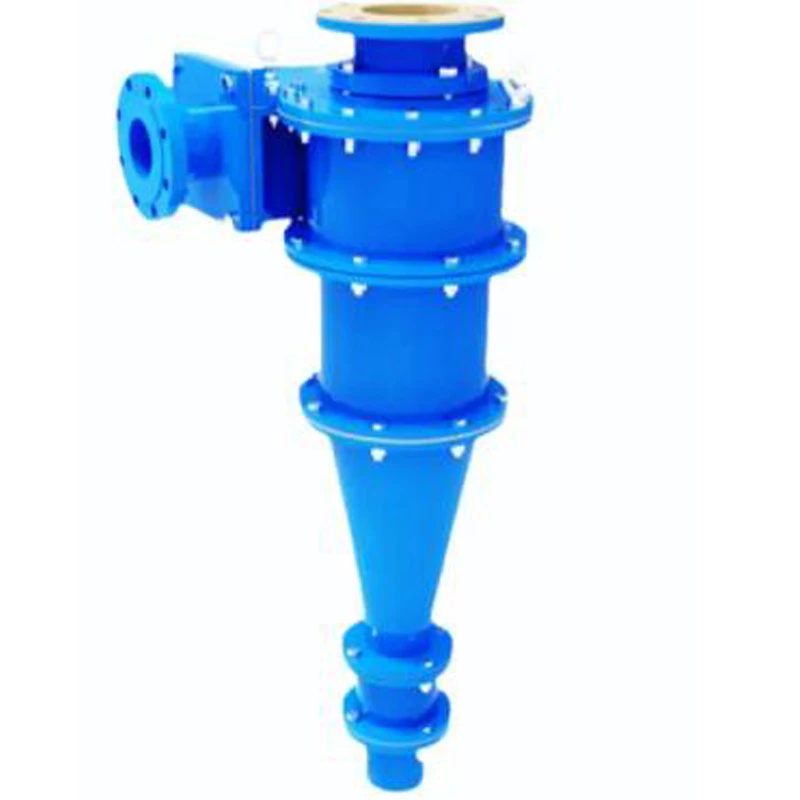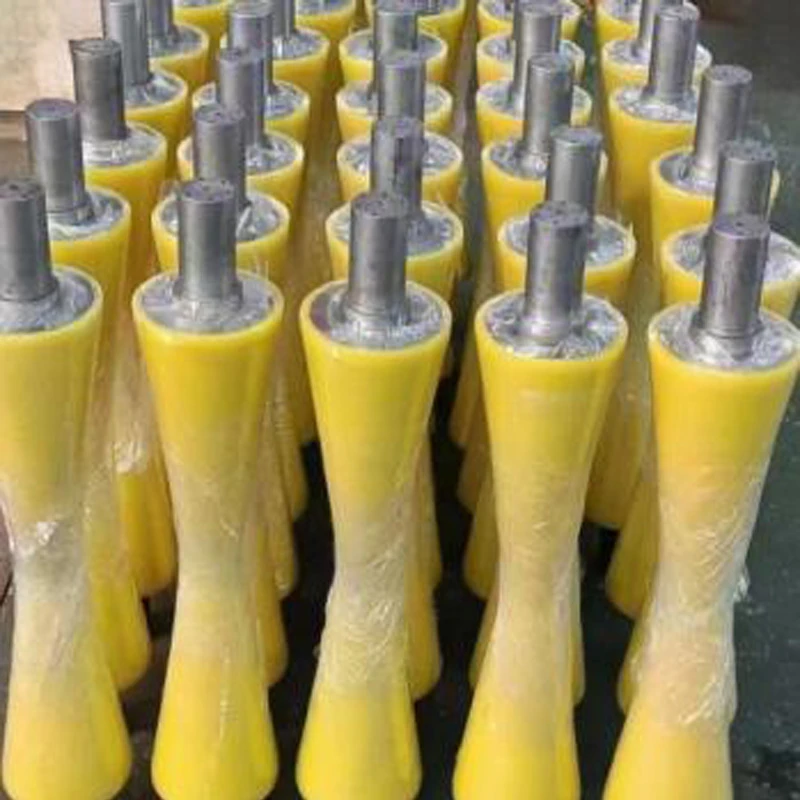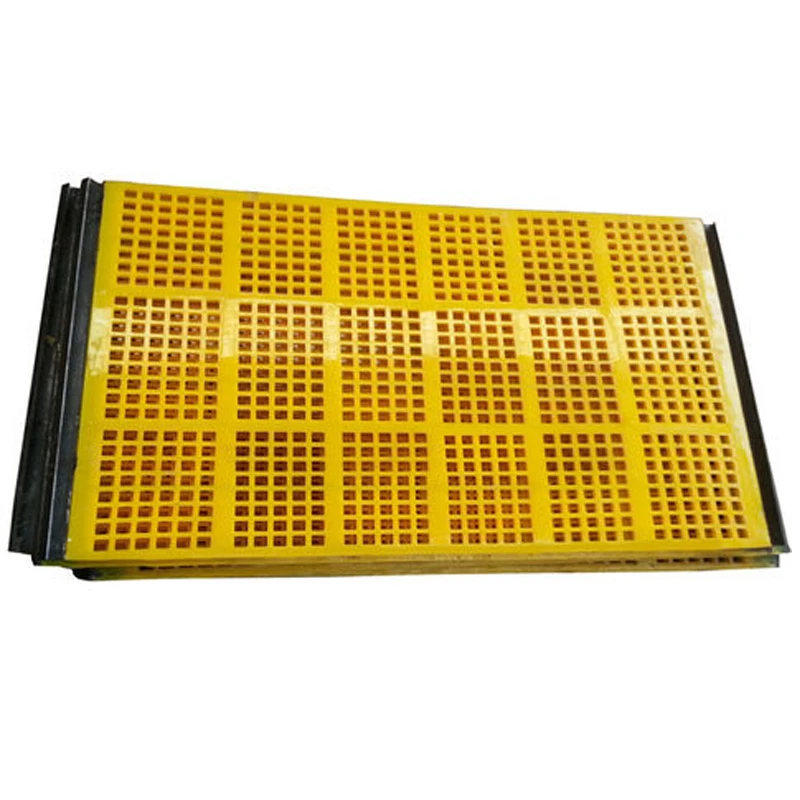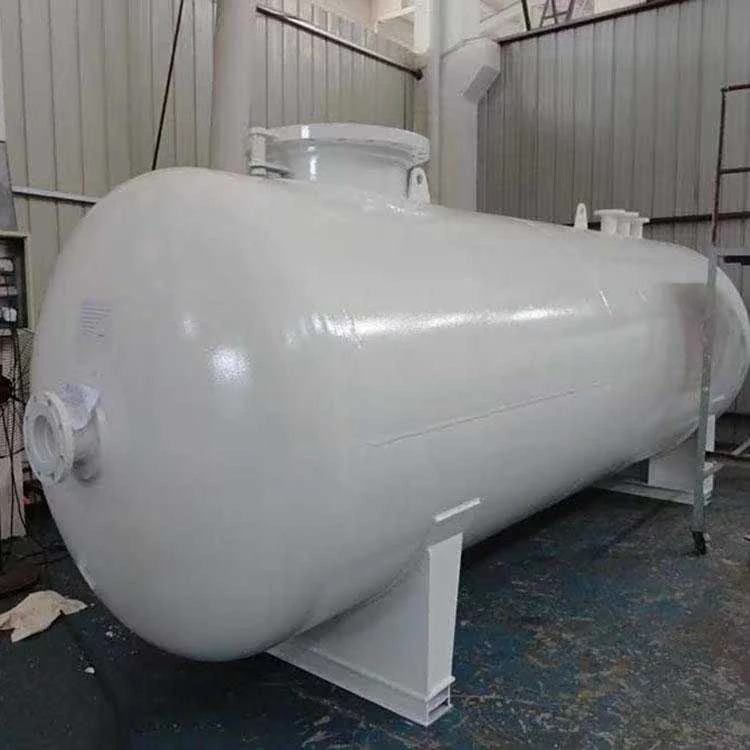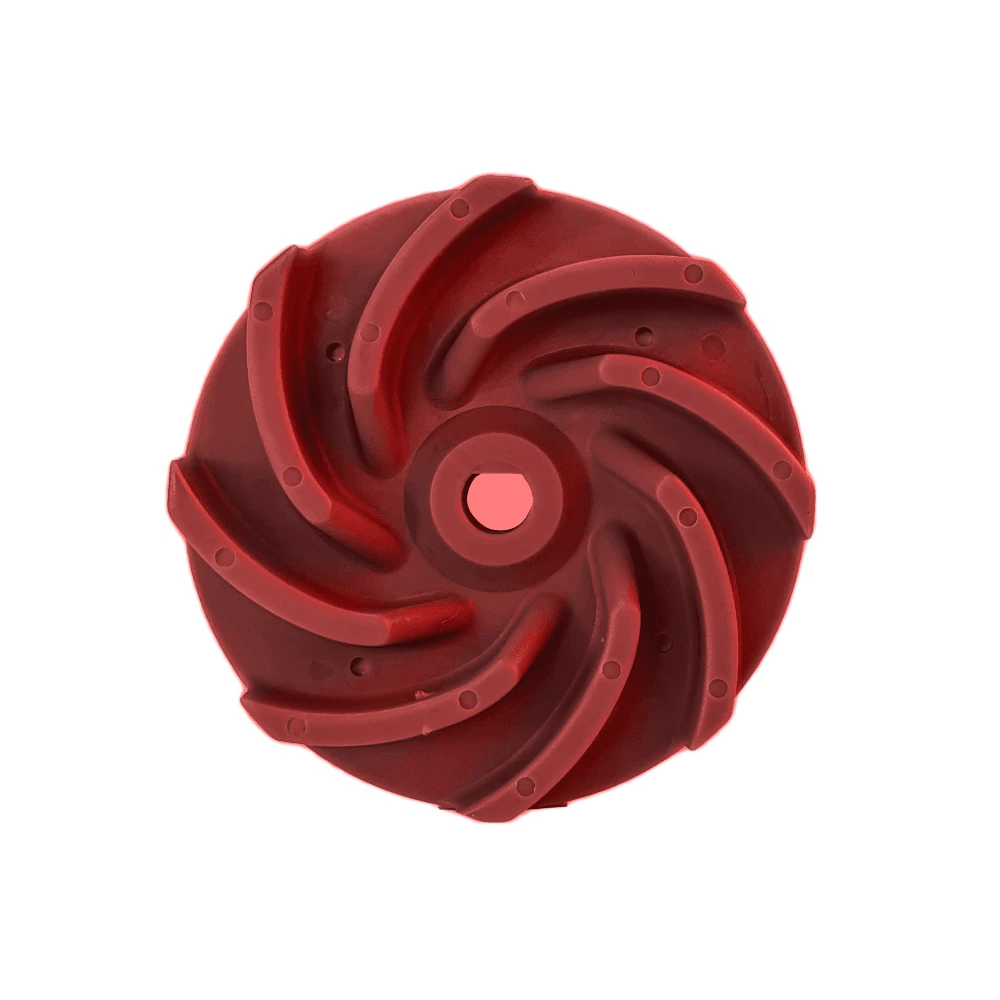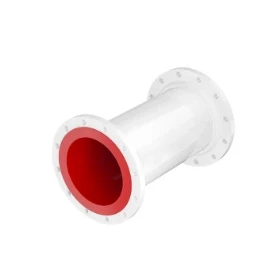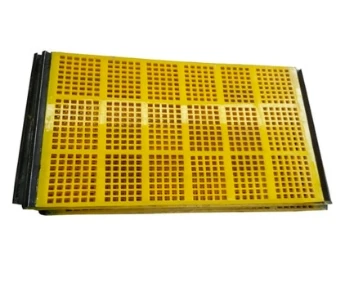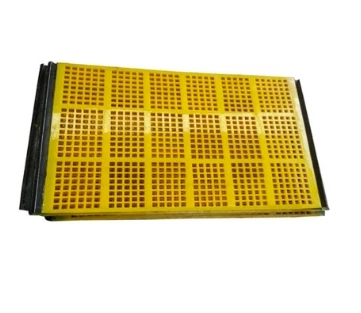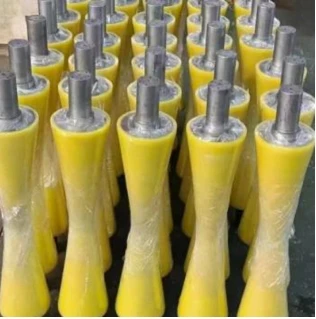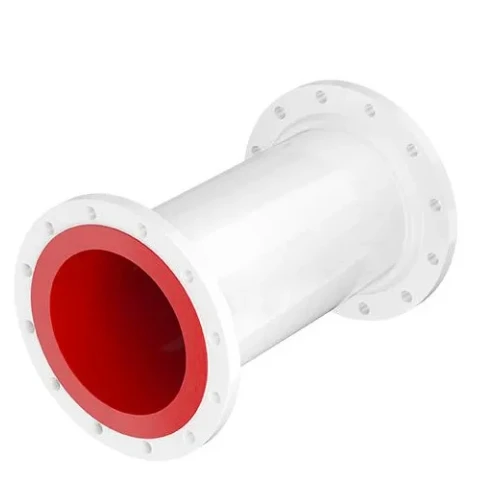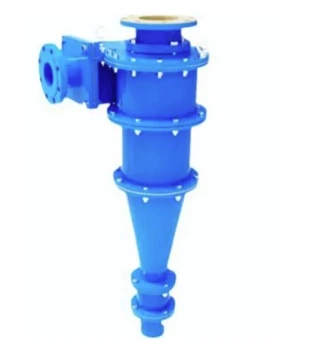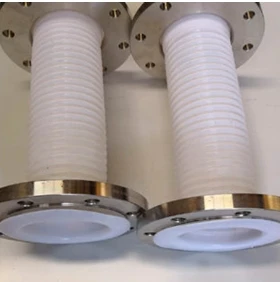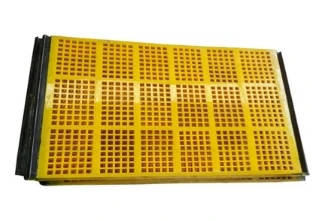Durable PTFE Lined Metal Hose | Stainless Steel Braided
In the demanding world of industrial fluid and gas conveyance, selecting the right hose is not just a matter of operational efficiency—it's a critical decision for safety, purity, and long-term reliability. When standard hoses fail under extreme temperatures, corrosive chemicals, or high pressures, industries turn to a superior solution: the ptfe lined metal hose. This guide offers an in-depth exploration of this high-performance component, covering everything from its core technology and industry trends to application-specific benefits and customization options.
Industry Trends: The Rising Demand for High-Performance Hoses
The global market for industrial hoses is projected to grow significantly, driven by stringent regulations in the chemical, pharmaceutical, and food & beverage sectors. A key driver of this trend is the increasing need for systems that can handle aggressive media without contamination or degradation. While options like `ptfe lined rubber hose` offer some benefits, the market is showing a clear preference for the robustness of a stainless steel braided hose teflon lined assembly for critical applications. Market analysis indicates a compound annual growth rate (CAGR) of over 5.8% for the fluoropolymer hose market, with PTFE-lined variants leading the charge due to their unparalleled performance characteristics.
This growth is fueled by:
- Stricter Purity Standards: Industries like biotech and semiconductors require ultra-pure fluid pathways, which PTFE's inert nature provides.
- Focus on Plant Safety: The catastrophic cost of hose failure with hazardous chemicals is pushing companies towards more reliable solutions like the ptfe lined metal hose.
- Operational Efficiency: Longer service life and reduced maintenance downtime translate directly to a lower total cost of ownership, a key metric for modern plant management.
Technical Deep Dive: Anatomy of a PTFE Lined Metal Hose
A ptfe lined metal hose is not a single material but a composite structure engineered for maximum performance. Each component plays a vital role in its overall functionality.
1. The Inner Core: Polytetrafluoroethylene (PTFE) Liner
At the heart of the hose is the PTFE (commonly known by the trade name Teflon®) liner. This fluoropolymer is the contact surface for the process fluid and is chosen for its remarkable properties:
- Chemical Inertness: PTFE is virtually immune to all chemicals, solvents, and corrosive agents, with the only exceptions being molten alkali metals and highly reactive fluorine compounds.
- Extreme Temperature Range: It maintains its properties in continuous service from -73°C (-100°F) up to +260°C (500°F).
- Non-Stick Surface: The extremely low coefficient of friction prevents material buildup, ensures easy cleaning (ideal for CIP systems), and promotes smooth flow with minimal pressure drop.
- FDA & USP Class VI Compliant: Our PTFE material meets the strictest standards for food, beverage, and pharmaceutical applications, ensuring no leaching or contamination.
PTFE liners come in two main configurations: smooth bore for unrestricted flow and minimal pressure drop, and convoluted for enhanced flexibility and a tighter bend radius.
2. The Reinforcement Layer: Stainless Steel Braid
The flexible PTFE liner is protected and reinforced by an outer braid, typically made from 304 or 316 stainless steel. This braid is the backbone of the hose's strength.
- Pressure Containment: The braid prevents the PTFE tube from expanding under high internal pressure, allowing the hose assembly to handle pressures up to 5,000 PSI (345 bar) or more, depending on the diameter and braid configuration.
- Abrasion and Kink Resistance: It provides a rugged exterior that protects the inner core from physical damage, kinking, and external abrasion.
- Braid Angle: The angle at which the wire is braided is critical. An optimal braid angle ensures that the hose maintains its length under pressure and provides maximum burst strength. We utilize computer-controlled braiding machines to ensure this precision. A double braid can be used for even higher pressure applications.
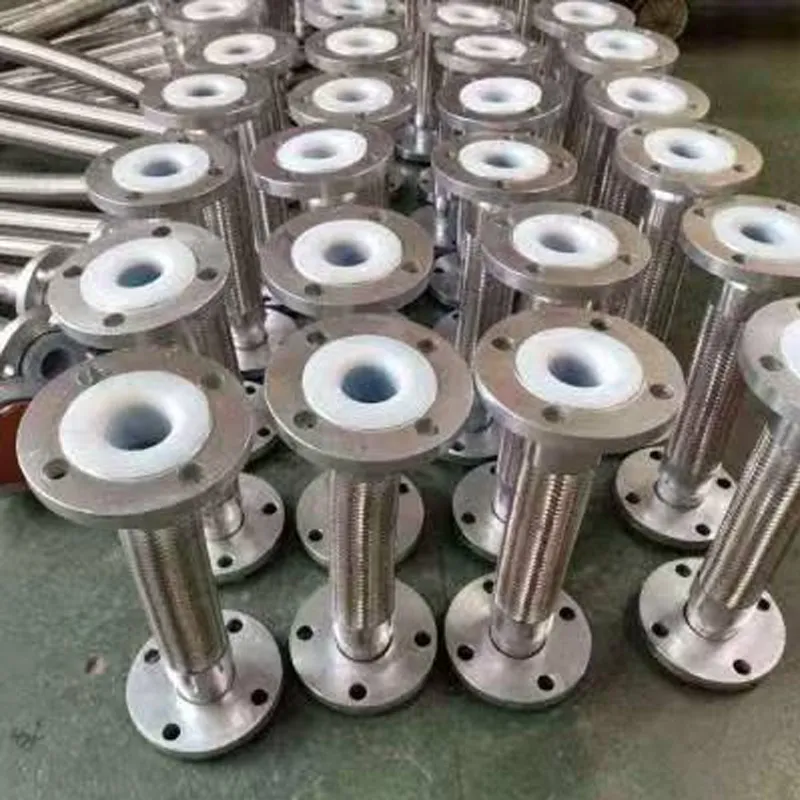
3. The End Fittings: The Critical Connection
A hose is only as strong as its weakest point, which is often the fitting. We utilize state-of-the-art CNC machining to produce a wide array of end fittings from materials like 316L Stainless Steel or Carbon Steel. The fitting is permanently attached to the hose using a high-pressure swaging or crimping process, creating a leak-proof, full-flow connection that is integral to the hose's performance and safety.
Unveiling the Manufacturing Process: A Commitment to Quality
The creation of a superior ptfe lined metal hose is a multi-stage process where precision and quality control are paramount. Each step is governed by strict adherence to international standards like ISO 9001:2015.
PTFE Tube Extrusion
Virgin PTFE resin is paste-extruded and sintered to form a seamless, uniform liner with specific wall thickness.
Wire Braiding
High-tensile stainless steel wire is braided directly onto the PTFE core using precision machinery to achieve the optimal braid angle and coverage.
Fitting Assembly
CNC-machined fittings are positioned, and collars are placed over the braid.
Hydraulic Crimping
A calibrated hydraulic crimper permanently secures the fitting to the hose, creating a robust, leak-proof seal.
Pressure Testing
Every single hose assembly is hydrostatically tested to 1.5 times its maximum working pressure, as per ANSI/ISO standards.
Final Inspection
Visual and dimensional checks are performed, followed by cleaning and packaging for shipment.
This rigorous process ensures that every ptfe lined metal hose that leaves our facility is a product of engineering excellence, ready to perform in the most critical applications.
Technical Specifications & Data Visualization
Data provides clarity and builds trust. Below is a typical specification table for our standard ptfe lined metal hose products, followed by visual data comparing its performance against other hose types.
Product Specification Table
| Parameter | Specification | Benefit / Importance |
|---|---|---|
| Liner Material | Virgin Polytetrafluoroethylene (PTFE) | Ensures maximum chemical inertness and purity. |
| Braid Material | AISI 304 / 316L Stainless Steel | 304 for general use; 316L for enhanced corrosion resistance (e.g., marine environments). |
| Temperature Range | -73°C to +260°C (-100°F to +500°F) | Suitable for cryogenic liquids, steam, and high-temperature chemicals. |
| Pressure Range | Up to 5,000 PSI (345 bar) | Varies by diameter and braid type (single/double). Handles high-pressure hydraulics and gas transfer. |
| Vacuum Rating | Full Vacuum up to 130°C (266°F) | Internal support spring available for higher temperature vacuum service. |
| Compliance Standards | FDA 21CFR 177.1550, USP Class VI, ISO 9001 | Certified for safe use in food, pharmaceutical, and high-purity applications. |
| Bend Radius | As low as 2 inches (50mm) | Varies by diameter and type (convoluted offers tighter bend). Critical for installation in tight spaces. |
Performance Data at a Glance
Pressure Rating Comparison (1" ID)
Chemical Compatibility
Our ptfe lined metal hose offers near-universal chemical resistance, far surpassing elastomers and other plastics.
Temp vs. Pressure Derating
Working pressure must be derated at elevated temperatures. Consult our engineering team for specific application data.
Unmatched Technical Advantages
Choosing a stainless steel braided hose teflon lined assembly from QWMetal provides a host of tangible benefits that translate to improved safety, performance, and return on investment.
- Ultimate Safety & Reliability: The combination of a robust metal braid and leak-proof crimped fittings drastically reduces the risk of hose failure, protecting personnel, the environment, and equipment from hazardous leaks.
- Extended Service Life: Resistant to aging, UV radiation, oxidation, and fatigue from flexing, our hoses outlast rubber and plastic alternatives by a significant margin, especially in harsh conditions. This means fewer replacement cycles and less maintenance downtime.
- Process Purity: The non-contaminating, non-leaching PTFE liner is critical for industries where product purity is paramount. The non-stick surface also inhibits bacterial growth, making it ideal for sanitary applications.
- Energy Efficiency: The smooth bore of our hoses minimizes frictional losses and pressure drop across the line, meaning pumps and compressors work less to move fluid, saving energy over the long term.
- Versatility: One type of hose can often be used for a wide variety of chemicals and applications within a plant, simplifying inventory and reducing the risk of misapplication. Whether it's for `ptfe lined rubber hose` replacement or a new high-pressure system, this product is the versatile choice.
Manufacturer Comparison: The QWMetal Difference
Not all PTFE hoses are created equal. The quality of raw materials, precision of manufacturing, and rigor of testing make a world of difference. Here’s how QWMetal’s ptfe lined metal hose stacks up.
| Feature | QWMetal PTFE Lined Metal Hose | Generic/Inferior Competitors |
|---|---|---|
| PTFE Liner Quality | 100% Virgin, non-regrind PTFE. Consistent wall thickness. | May use re-processed (regrind) PTFE, leading to impurities and potential for premature failure. Inconsistent wall thickness. |
| Braid Integrity | High-tensile SS304/316L wire with optimal braid angle and 95%+ coverage for maximum pressure rating. | Lower grade steel, improper braid angle, or lower braid coverage, reducing burst pressure and durability. |
| Fitting Crimp/Swage | Computer-controlled hydraulic crimping for a full-interlock, leak-proof seal. | Manual or poorly calibrated crimping, leading to potential leak paths or fitting blow-off. |
| Testing & Certification | 100% of assemblies pressure tested to 1.5x WP. Full material traceability and ISO 9001 certification. | Batch testing or no testing. Lack of traceability and formal quality certification. |
| Engineering Support | Expert application engineers available to help design custom solutions. | Limited or no technical support available. "Off-the-shelf" only. |
Customization: Engineered for Your Exact Needs
We understand that standard solutions don't fit every problem. Our core strength lies in providing fully customized ptfe lined metal hose assemblies tailored to your specific application. Our engineering team works with you to define:
- Length and Diameter: Made to any required length, with diameters from 1/4" to 6" and beyond.
- Fittings: A vast inventory of fitting types (flanges, NPT, JIC, Camlocks, sanitary clamps) in various materials.
- Reinforcement: Single or double stainless steel braid, or specialized materials like Monel or bronze for specific environments.
- External Protection: Options for silicone sleeves for heat protection, armor casing for extreme abrasion, or color-coded markings for identification.
- Special Requirements: Static-dissipating liners (for flammable solvents), spring guards for kink resistance, or specialized testing and documentation packages.
Application Case Studies: Proven Performance in the Field
Case Study 1: Petrochemical Plant - Toluene Transfer
Challenge: A major chemical plant was experiencing frequent failures of their existing composite hoses used for transferring Toluene at 150°C. The failures led to costly downtime and significant safety concerns.
Solution: We supplied a custom 2" stainless steel braided hose teflon lined assembly with a 316L stainless steel braid and robust camlock fittings. The PTFE liner was impervious to the aggressive solvent, and the braid easily handled the temperature and pressure.
Result: Over 24 months of continuous service with zero failures. The plant reported a 90% reduction in hose-related maintenance costs and a significant improvement in plant safety. Estimated ROI was achieved in under 6 months.
Case Study 2: Pharmaceutical Manufacturer - High-Purity Water (WFI)
Challenge: A biotech firm required a flexible connection for their Water-for-Injection (WFI) system. The hose needed to be steam-cleanable (CIP/SIP), completely non-leaching, and meet USP Class VI standards.
Solution: A smooth-bore ptfe lined metal hose with sanitary tri-clamp fittings was provided. The ultra-smooth surface prevented any biofilm buildup and ensured complete drainage. Full material certification documents were supplied for validation.
Result: The hose assembly successfully passed all validation protocols. The client praised the ease of cleaning and the robust construction, ordering the same assemblies for their entire facility.
Enhancing Trust & Authority (E-E-A-T)
At QWMetal, we are not just suppliers; we are experts in high-performance fluid transfer. Our commitment to quality and customer success is demonstrated through:
- Expertise: Our engineers have decades of combined experience in fluoropolymer and metal hose technology. We understand the nuances of fluid dynamics, material science, and application engineering.
- Experience: With thousands of successful installations across dozens of industries worldwide, we have a proven track record of solving the most difficult fluid handling challenges.
- Authoritativeness: We are an ISO 9001:2015 certified company. Our products are manufactured in accordance with standards from the Fluid Sealing Association (FSA) and the Hose Assembly Guidelines (HAG). Our materials conform to FDA, USP, and 3-A sanitary standards.
- Trustworthiness: We stand behind our products with a comprehensive warranty, clear communication on delivery schedules (standard assemblies ship within 48 hours), and responsive customer support for the lifetime of the product.
Frequently Asked Questions (FAQ)
Smooth bore liners offer the best flow characteristics with minimal pressure drop, making them ideal for viscous media or high-flow rate applications. Convoluted liners are formed with engineered "folds" or "waves" that provide extreme flexibility and a much tighter bend radius, which is perfect for complex routing in tight spaces or applications with constant movement.
This is a critical consideration. As the temperature of the media increases, the tensile strength of the PTFE liner decreases. Consequently, the maximum allowable working pressure (MAWP) must be reduced. This is known as temperature derating. For example, a hose rated for 2000 PSI at room temperature might only be rated for 1000 PSI at 200°C. Always consult our official derating charts or contact our engineers for your specific operating temperature.
Proper installation is key to a long service life. Always ensure the hose is not twisted, bent sharper than its minimum bend radius, or subjected to tensile pulling. Install in a way that allows for natural movement and thermal expansion. For maintenance, periodically inspect for any external braid damage, kinking, or signs of leakage at the fittings. A properly specified and installed ptfe lined metal hose requires minimal maintenance.
Absolutely. The virgin PTFE resin we use for our liners complies with FDA regulation 21 CFR 177.1550. This makes our hoses perfectly safe and suitable for contact with food, beverages, and other sanitary products. We can provide full certification documentation upon request.
Both provide excellent pressure resistance. The primary difference is corrosion resistance. SS304 is the industry standard and suitable for most industrial environments. SS316 contains molybdenum, which significantly enhances its resistance to chlorides and other corrosive elements. We recommend 316 stainless steel for marine applications, coastal areas, or anywhere exposure to saltwater or harsh chemicals is a concern.
Permeation is a process where gas or fluid molecules slowly migrate through the microscopic structure of a material. While PTFE has very low permeability, certain small-molecule gases (like hydrogen or helium) can permeate through the liner over time. For such critical gas applications, we can offer specialized hose constructions or advise on best practices to manage this phenomenon.
The minimum bend radius is the tightest curve a hose can be bent to without damaging it or reducing its service life. Bending a hose too sharply can cause the liner to kink or the braid to separate, leading to premature failure. This specification is critical for design engineers when routing hoses in equipment or facilities. Convoluted hoses offer a significantly smaller minimum bend radius than smooth bore hoses of the same diameter.
Conclusion: Your Partner for High-Performance Fluid Transfer
The ptfe lined metal hose represents the pinnacle of hose technology, offering an unparalleled combination of chemical resistance, temperature range, and pressure-handling capability. It is an investment in safety, purity, and operational uptime. From the aggressive world of petrochemicals to the sterile environment of pharmaceuticals, this versatile component provides a reliable, long-lasting solution.
By choosing QWMetal, you are not just buying a product; you are gaining a partner. Our expertise in material science, commitment to ISO 9001 quality, and dedication to creating custom-engineered solutions ensure you receive the perfect hose for your unique challenge. Contact us today to discuss your application and discover how our ptfe lined metal hose can elevate your operations.
"The selection of fluoropolymer materials, such as PTFE, for hose liners is critical in applications requiring high purity and resistance to aggressive chemical attack. The synergy between the flexible, inert liner and a metallic braid provides a composite structure capable of withstanding both chemical and mechanical stresses far beyond the capabilities of traditional elastomeric or unreinforced plastic tubing."
Referenced from: Fluid Sealing Association (FSA) Technical Handbook, "Metallic and Fluoropolymer Hose Guidelines". www.fluidsealing.comRelated Products
Our main products are polyurethane lined pipes, mining equipment fittings and metal hoses.




